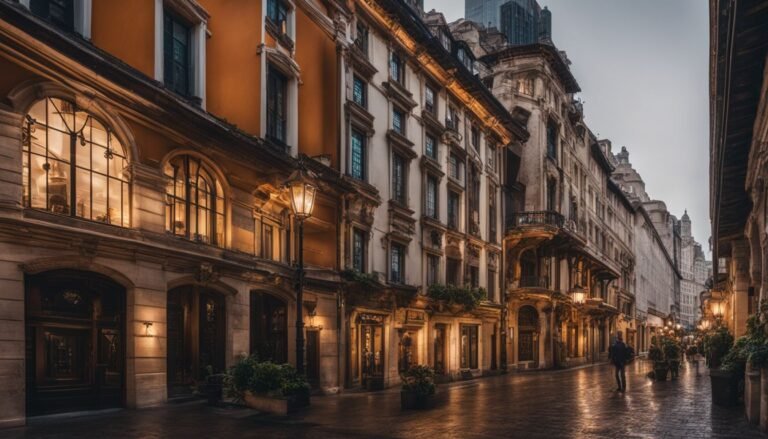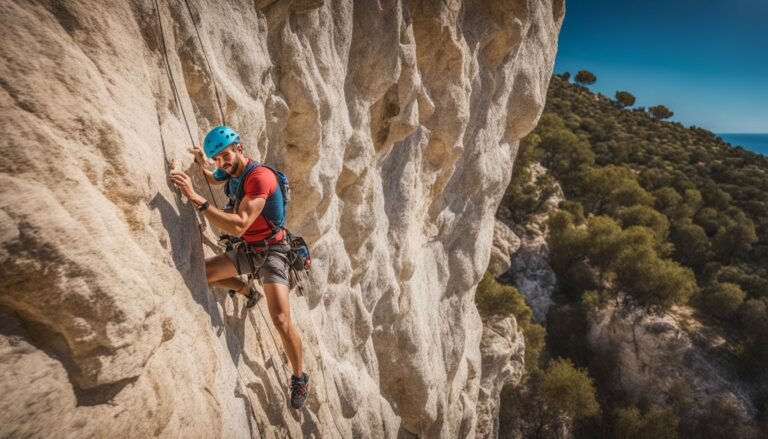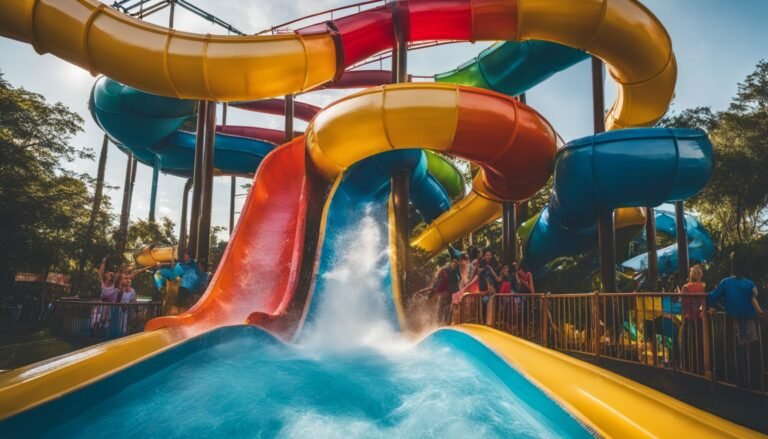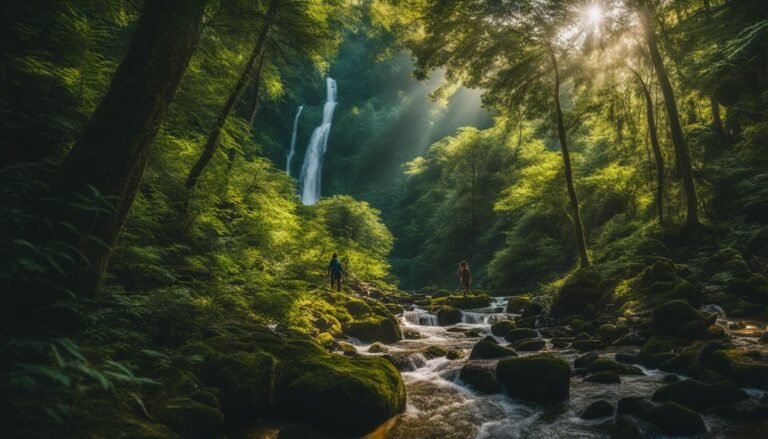Castles and fortresses in Costa Blanca
Planning a journey to Costa Blanca and curious about its historical treasures? Costa Blanca is not just beaches; it’s home to magnificent castles and fortresses. This article will guide you through these majestic landmarks, offering insight into their history and significance.
Get ready for an unforgettable exploration.
Overview of Castles and Fortresses in Costa Blanca
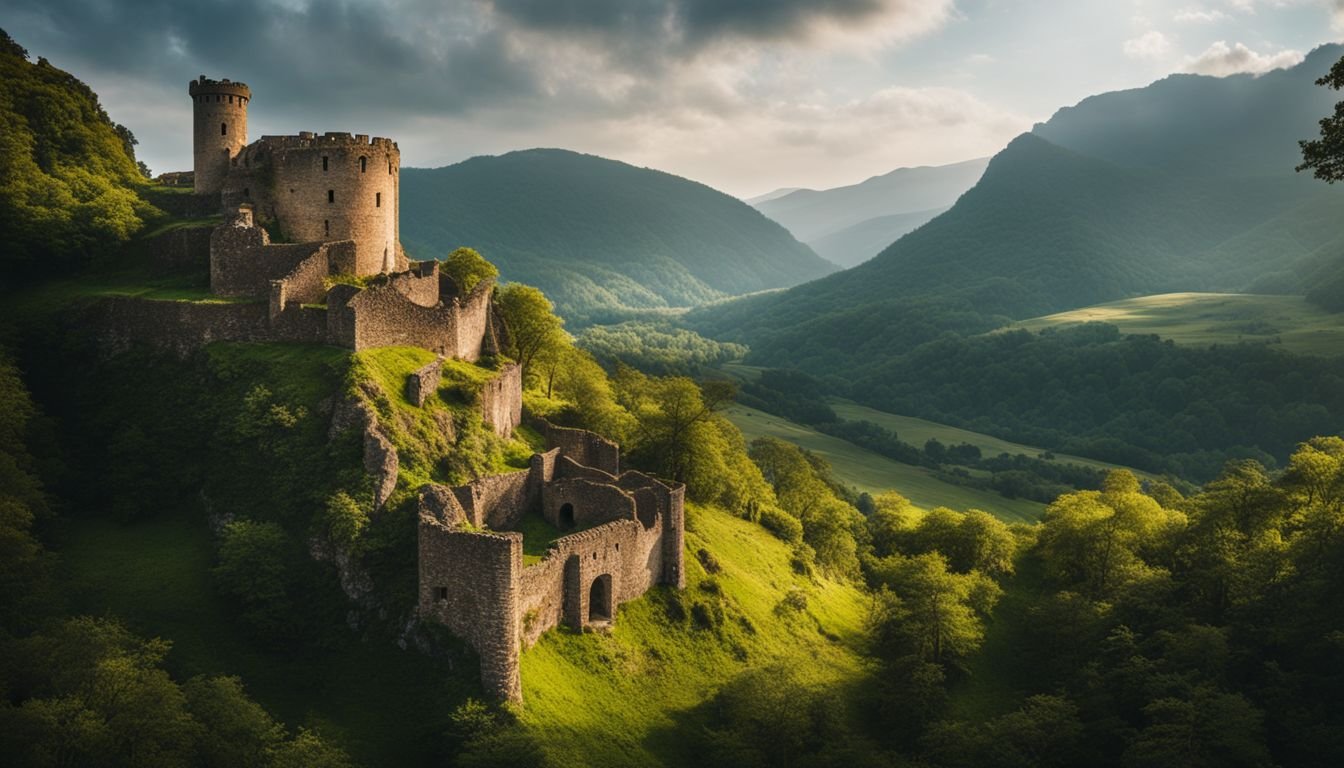
Transitioning from a broad introduction to the captivating world of medieval architecture, we delve into the rich tapestry of castles and fortresses that adorn Costa Blanca. This region, nestled in the Alicante province, is a historical jewel box where each castle and fortress stands as a testament to centuries of tumultuous history, battles between Moors and Christians, and the strategic defense against pirate attacks.
The landscape is dotted with over 230 historic constructions that tell tales of ancient monarchs, Arabs, Visigoths’ struggles for dominion, and acts as custodians of culture within the Valencian Community.
These architectural marvels range from walled palaces to formidable lookout points designed with arrow slits for archers—each structure serving its unique purpose throughout different epochs.
Notably, sites like El Castillo de Santa Bàrbara perch majestically atop Mount Benacantil offering panoramic views while also housing an archaeological museum. Meanwhile, routes such as The Vinalopó Castle Route weave through towns tracing back to El Cid Campeador’s era in the Middle Ages.
Together they form an unbroken chain of cultural heritage that attracts thousands seeking more than just sun along Spain’s eastern coast.
Notable Castles in Costa Blanca
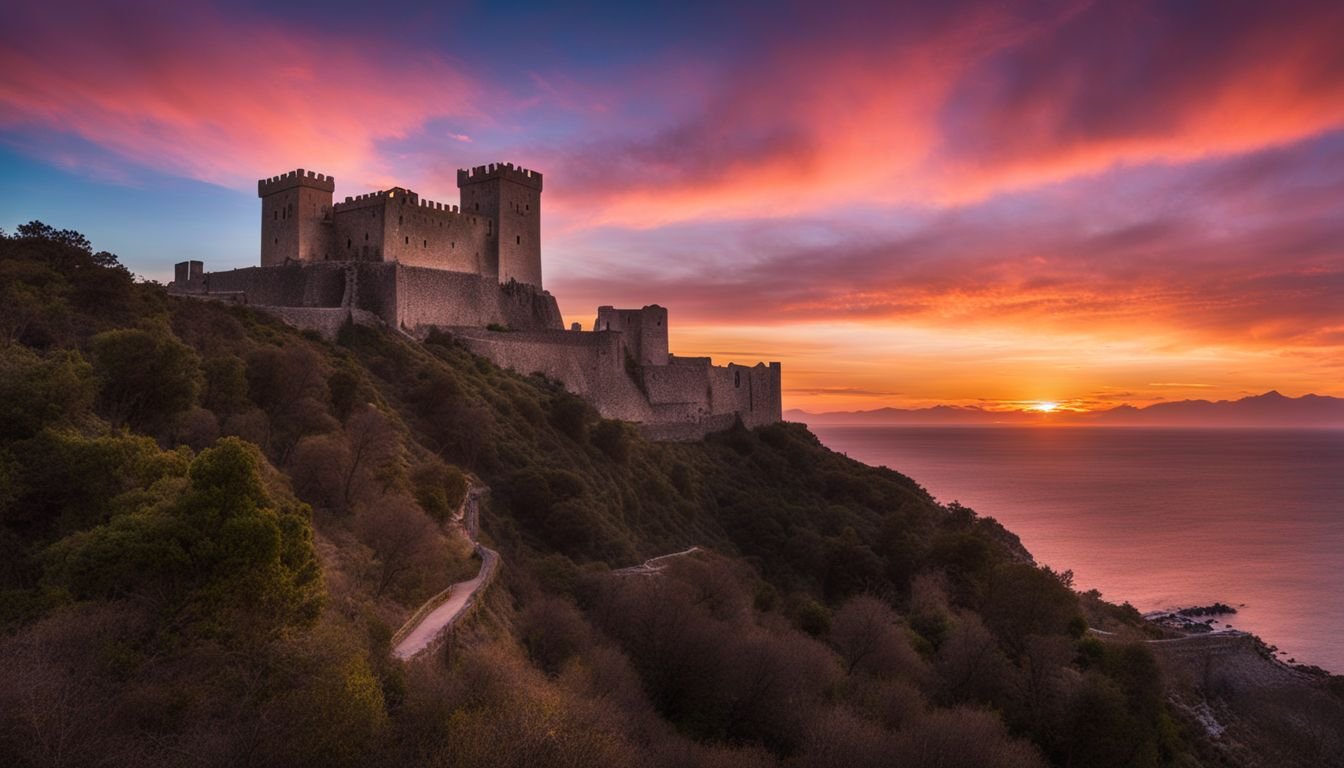
Discover the rich history and imposing architecture of El Castillo de Santa Bàrbara, El Castell de Guadalest, El Castillo Fortaleza de Santa Pola, and El Castillo de Biar. These impressive structures provide a glimpse into Costa Blanca’s medieval past and offer a captivating experience for history enthusiasts and travelers alike.
El Castillo de Santa Bàrbara
El Castillo de Santa Bàrbara stands proudly atop Mount Benacantil, overlooking the city of Alicante on Spain’s Costa Blanca. This fortress, one of the largest in Europe, traces its origins back to the late 9th century during Moorish rule.
Its strategic position allowed it to play a critical role throughout the medieval period, especially during conflicts between the Kingdom of Castile and the Kingdom of Aragon.
Visitors today can explore this historic monument free of charge. They are greeted with breathtaking panoramic views that span across Alicante’s cityscape and out into the Mediterranean Sea.
Inside, multiple museums provide a deeper understanding of its storied past from the Moorish era through to its significance under Catholic Monarchs and beyond. The castle’s ramparts and towers offer not just a journey through time but also an unmatched opportunity to experience Spanish history first-hand.
El Castell de Guadalest
El Castell de Guadalest stands as a towering national monument, offering stunning views from its perch. Visitors can explore this historic castle for a fee of €4 per person. This location is not just about the panoramic sights; it’s an immersive journey into medieval Spain, where every stone tells a story of power, architecture, and the passage of time.
This fortress has earned its place as one of Costa Blanca’s prime tourist attractions due to its strategic position and well-preserved structure. The visit promises guests an unparalleled glimpse into the life within walled citadels and showcases artifacts that highlight the rich cultural heritage of the region.
El Castillo Fortaleza de Santa Pola
Moving on from El Castell de Guadalest to the fortress of Santa Pola, we find a 16th-century architectural gem that was constructed to shield local seafarers from pirate invasions.
The fortaleza is more than just an ancient edifice; it now houses a museum which invites visitors to explore its historical significance. Unlike other castles in Costa Blanca, this one has transformed into much more than just a protective structure – it stands as a testament to the rich maritime history of the region and provides insights into its strategic importance.
This historic site offers an engaging experience for both locals and tourists, giving them the opportunity to delve into the past while enjoying panoramic views of the Mediterranean coastline.
El Castillo de Biar
Situated 750m high on a mountain, El Castillo de Biar offers breathtaking panoramic views of the surrounding area. Dating back to the 12th century and of Muslim origin, this castle has been designated as a national monument since 1931.
The historical battles between the Kingdom of Castile and the Kingdom of Aragon are associated with this architectural gem, which provides not only unique historical significance but also remarkable architectural value.
With an entrance fee of just €1 per person, visitors can delve into centuries worth of history at this intriguing fortress.
The Vinalopó Castle Route
The Vinalopó Castle Route in Costa Blanca encompasses 230 historic constructions, including castles, watchtowers, bastions, and forts. The route covers the districts of Santa Pola, Elche, Aspe, Novelda, Monóvar, Elda, Petrer, Sax, Villena, Biar, Camp de Mirra, Beneixama, and Castalla.
- The Castillo – Fortaleza in Santa Pola was constructed in the 16th century to safeguard local seamen from pirate attacks and now houses a maritime museum.
- El Alcázar in Elche, also recognized as Palacio de Altamira and utilized as a concentration camp for Republican prisoners following the Civil War.
- The Castle of Villena or Castillo de la Altalaya is the largest castle on the route dating back to the 11th and 12th centuries.
- Biar Castle stands atop a hill at 750m altitude and was declared a National Monument in 1931 while offering entry for just 1€.
- Castalla Castle has Islamic origins from the 11th century and rests upon Neolithic and Iberian – Roman remains; it has varying opening hours and entrance fees subject to change throughout the year.
Exploring Local Crafts and Markets Near Costa Blanca Castles
Discover the vibrant local crafts and markets near Costa Blanca castles, offering a blend of traditional artisanal goods and modern creations. Engage with skilled artisans at market stalls, showcasing exquisite ceramics, leatherwork, and handmade textiles.
Immerse yourself in the lively atmosphere as you browse through unique pottery, intricate lacework, and intricately woven baskets synonymous with the region’s rich cultural heritage.
Indulge in the array of locally produced goods available for purchase at these charming markets such as aromatic spices, flavorful olive oils, and delectable honey – all representing the essence of Costa Blanca’s culinary traditions.
Uncover one-of-a-kind souvenirs while supporting local craftsmanship at these enchanting markets nestled among Costa Blanca’s historic castles.
Historical Significance of Costa Blanca Castles and Fortresses
The historical significance of Costa Blanca castles and fortresses lies in their resilience throughout centuries of conflicts between various ruling powers. These architectural marvels stand as testaments to the region’s tumultuous past, withstood invasions and battles that have shaped the history of Spain.
Each castle holds stories of conquests, pacts, and struggles between Moors and Christians, providing a window into the rich history of the region.
These ancient structures offer visitors an opportunity to delve into the complex history of Costa Blanca in Spain. They provide insights into the clashes between different cultures, giving us a chance to understand the profound impact these battles had on shaping modern-day Spain.
Visiting these iconic landmarks allows one to immerse themselves in a narrative that unfolds through stone walls, turrets, and towers – bringing history alive.
Continuing our exploration further back in time brings us to “7. Conclusion” where we will take away significant lessons learnt from this journey through Costa Blanca’s captivating historical sites.
Conclusion
Experience the awe-inspiring history and architecture of Costa Blanca’s castles and fortresses. Explore their centuries-old legacy that has withstood invasions and shaped the region’s cultural heritage.
Uncover the stories behind these remarkable structures, transporting yourself to a bygone era filled with valorous tales and strategic brilliance. Plan your visit to delve into the rich historical tapestry of Costa Blanca’s castles, an adventure that promises to leave you captivated by its timeless allure.
FAQs
1. What makes the Castle of Biar special?
The Castle of Biar stands out as a significant asset of cultural interest, with its impressive Aragonese architecture towering over the Vinalopó River valley. This historical fortress offers a glimpse into medieval strategies and lifestyles.
2. Can I learn about knights at the Castle of Sax?
Yes, visiting the Castle of Sax provides an exciting opportunity to explore the history of knights, specifically those from the Order of Calatrava. The castle’s strategic position and robust fortifications tell tales of past battles and chivalry.
3. Is there a unique feature at Castillo de la Mola?
Castillo de la Mola is renowned for “the tower,” an iconic structure that captivates visitors with its architectural beauty and panoramic views. It’s a must-see for anyone interested in exploring Costa Blanca’s rich heritage.
4. How can I find more information about these castles before my visit?
For up-to-date details on visiting hours, events, or specific inquiries like email contact or website links, it’s best to search online for each castle’s official resource. This ensures you get reliable information directly from those managing these historic sites.
5. Are there any other notable fortifications near Costa Blanca worth visiting?
Certainly! Besides the well-known Castalla and Xátiva castles, areas like Los Alcazares, Torre Pacheco, and Molina de Segura offer intriguing fortifications that reflect various periods and styles in military architecture throughout history.


